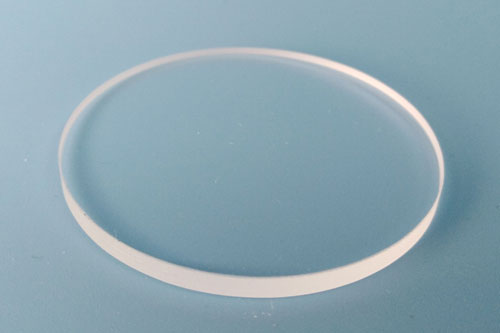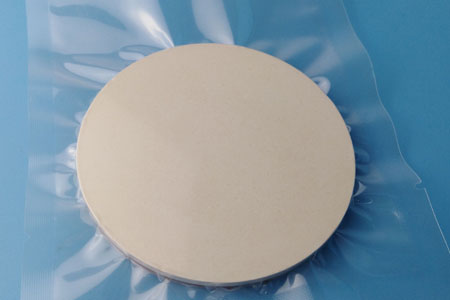 +86-731-89578196
+86-731-89578196
 [email protected]
[email protected]
- Home
- Our Company
-
Products
Sputtering Targets

- Industries
- Blog
- FAQ
- Contact Us
Differences between PVD and Electroplating
Electroplating is a process that has been used by industry for many years. In today's fast-paced business environment, companies need to keep pace with the constant evolution due to technology improvements. Often, companies use electroplating by default because this is what has always been used. Many times PVD coating is a better solution.
When a product is electroplated, it is placed into a tank of the solution containing the material to be deposited. The cathode (negative pole) of the power supply is attached to the product to be plated. The anode (positive pole) of the power supply is connected to the material you wish to deposit. When the power is applied from the power supply, the negatively charged product attracts the positive ions of the material you want to deposit in the plating solution. The anode material replenishes the material in the solution that is deposited on the substrate.
The PVD process provides a more uniform deposit, improved adhesion up to six times greater in some cases, a wider choice of materials to be deposited, and there are no harmful chemicals to be disposed of. Because PVD coating is more environmentally friendly and chemical disposal costs are minimal, the cost of PVD coating and electroplating is very close to some products.
This bombardment is controlled carefully so as not to overheat the substrate. Due to the higher energy levels of the ions arriving at the surface of the product, the adhesion is substantially better than that provided by electroplating. The deposition is continued until the desired coating thickness is achieved and the parts are removed from the chamber. Microprocessors control the entire deposition process to ensure consISTEnt results each time the product is processed. Each process can be recalled through a library of stored recipes that are loaded and used for each coating process.















